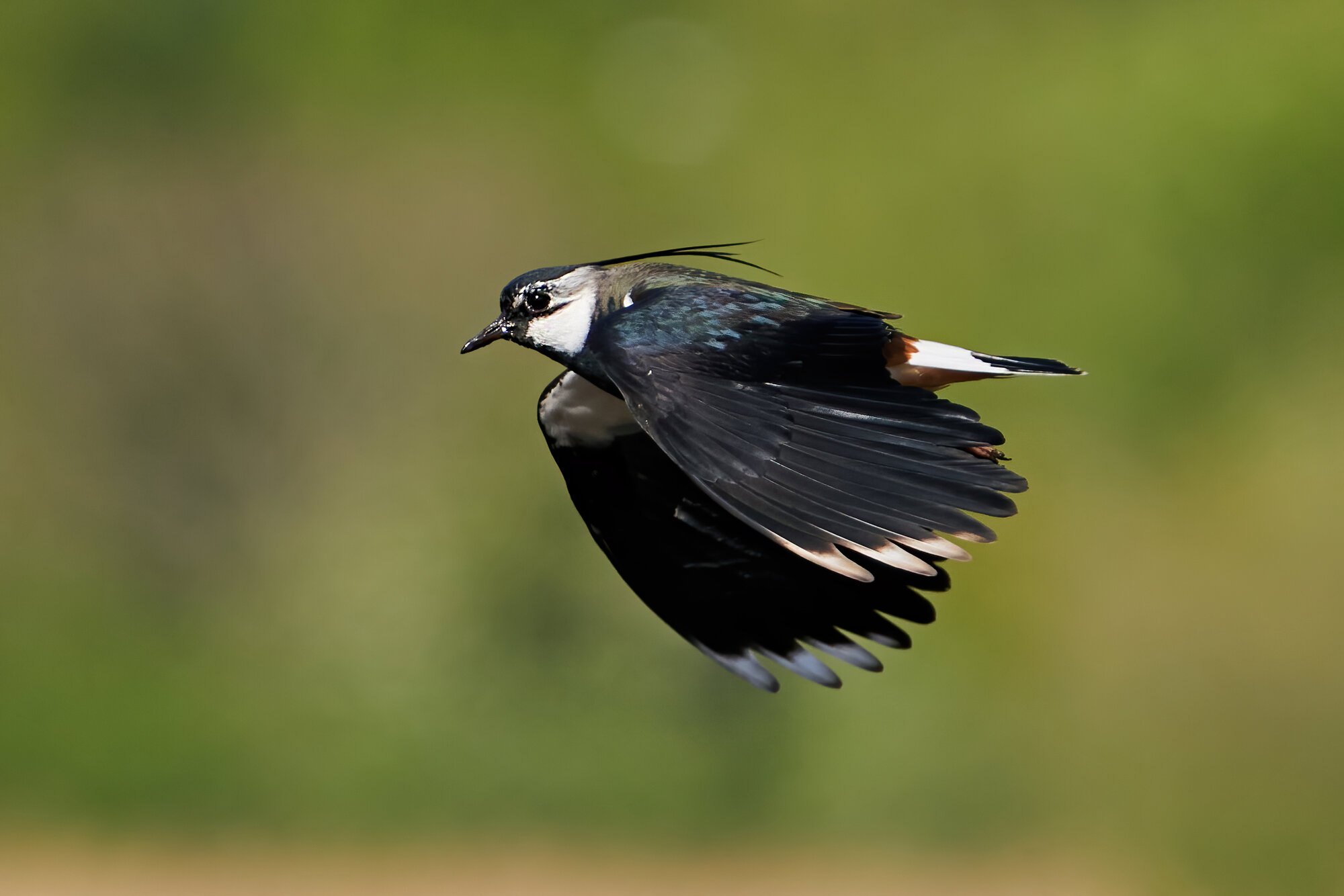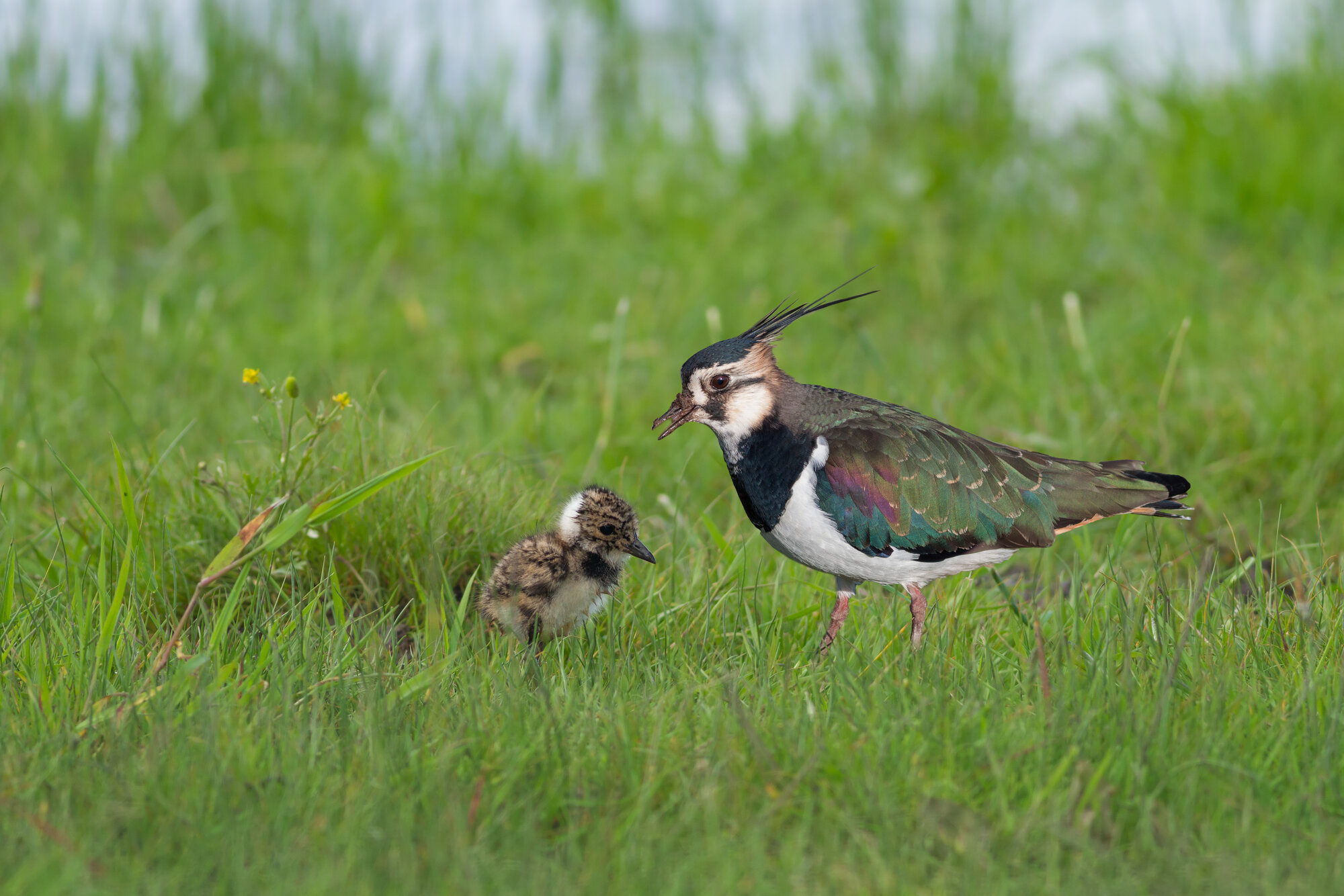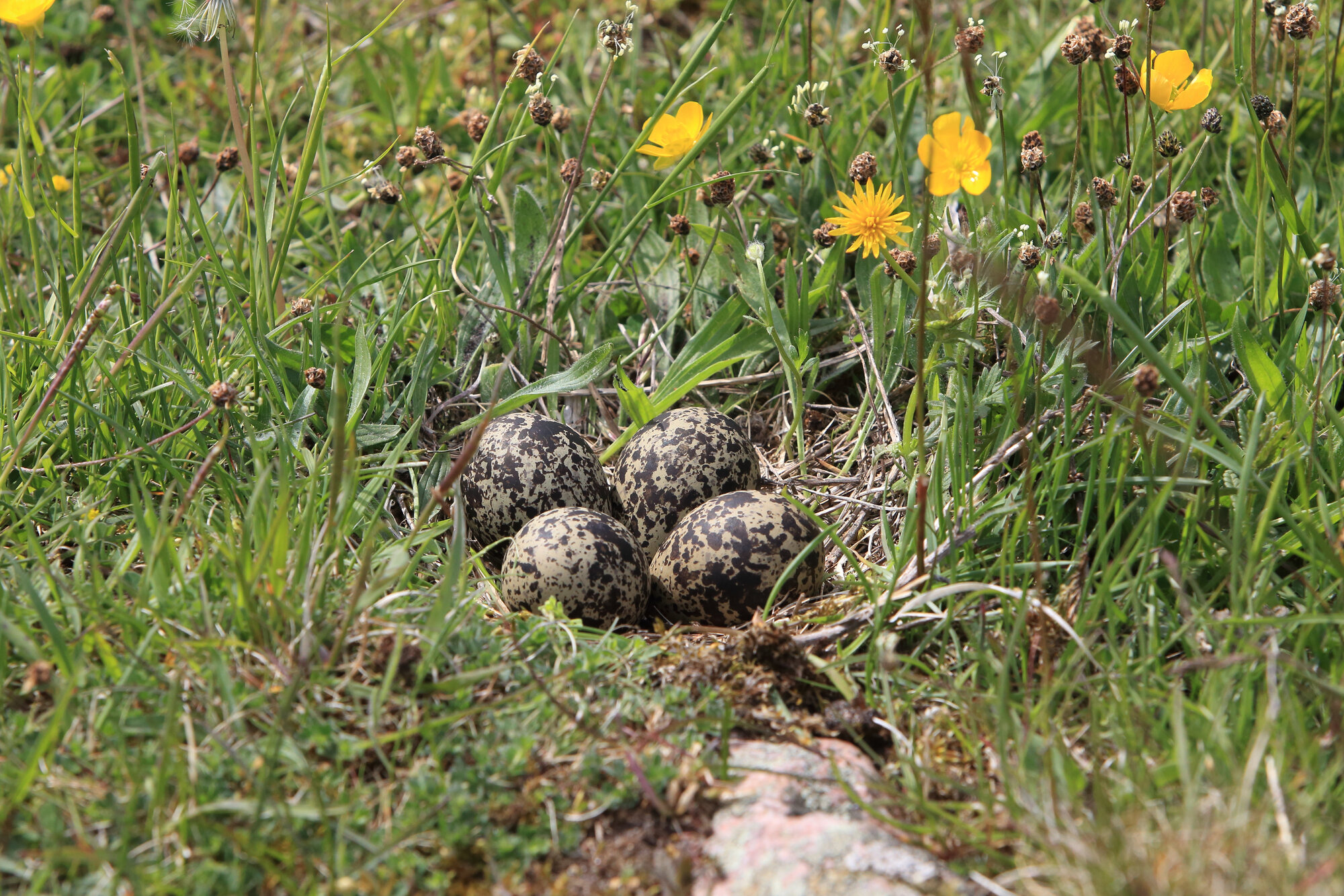Bird of the year 2024 - The lapwing

Highly endangered
The lapwing (Vanellus vanellus) has been voted Bird of the Year 2024. It took first place in a public online vote organized by the German Nature and Biodiversity Conservation Union (NABU) and the Bavarian nature conservation association LBV. It was previously voted Bird of the Year in 1996.
According to estimates, there are currently only 42,000 to 67,000 breeding pairs left in Germany, and the trend is downwards. In comparison: in the mid-1980s, there were an estimated 215,000 pairs, more than five times as many. This is also the reason why it has been on the international Red List of Threatened Birds as a threatened species since 2015.

From the moor to the field
At 28-31 cm, the pigeon-sized lapwing belongs to the plover family and can live up to 20 years. It is a typical bird of our agricultural landscape and prefers damp areas with short vegetation and no major visual barriers nearby. In the past, it was mainly found in bogs and wet meadows. However, due to the industrialization of agriculture and the draining of wetlands, the lapwing has had to adapt, which is why it now also breeds in fields and meadows - but often with little or no success.
The wading bird owes its name to its memorable call “kie-wit”, which makes it easy to recognize. The lapwing is black and white in color and its plumage has a metallic green or purple sheen. The feather crest, a long two-pointed cap, is also a typical distinguishing feature. For a wading bird, the lapwing has very large, broad, paddle-shaped wings. This characteristic can also be found, for example, in its English name Lapwing.


Juggler of the air
Lapwings are migratory birds, with some of them spending the winter in mild temperatures in Germany. The other part migrates between August and November to its wintering grounds, which extend from Ireland and Great Britain to North Africa. They feed mainly on insects and their larvae, but earthworms, cereal grains, seeds and fruits of meadow plants are also part of their diet.
The male lapwings try to convince the females of their nest-building qualities by so-called mock-nesting. They scratch small hollows and fill them with plucked grasses. The males are also known for their spectacular flight maneuvers during courtship, which is why they are also known as the “jugglers of the air”.
Lapwings are ground breeders and normally lay 4 eggs. These used to be considered a delicacy, but are no longer allowed to be collected today. The chicks are nest fledglings that leave the nest after just a few hours. You can read more about nest fledglings here.

